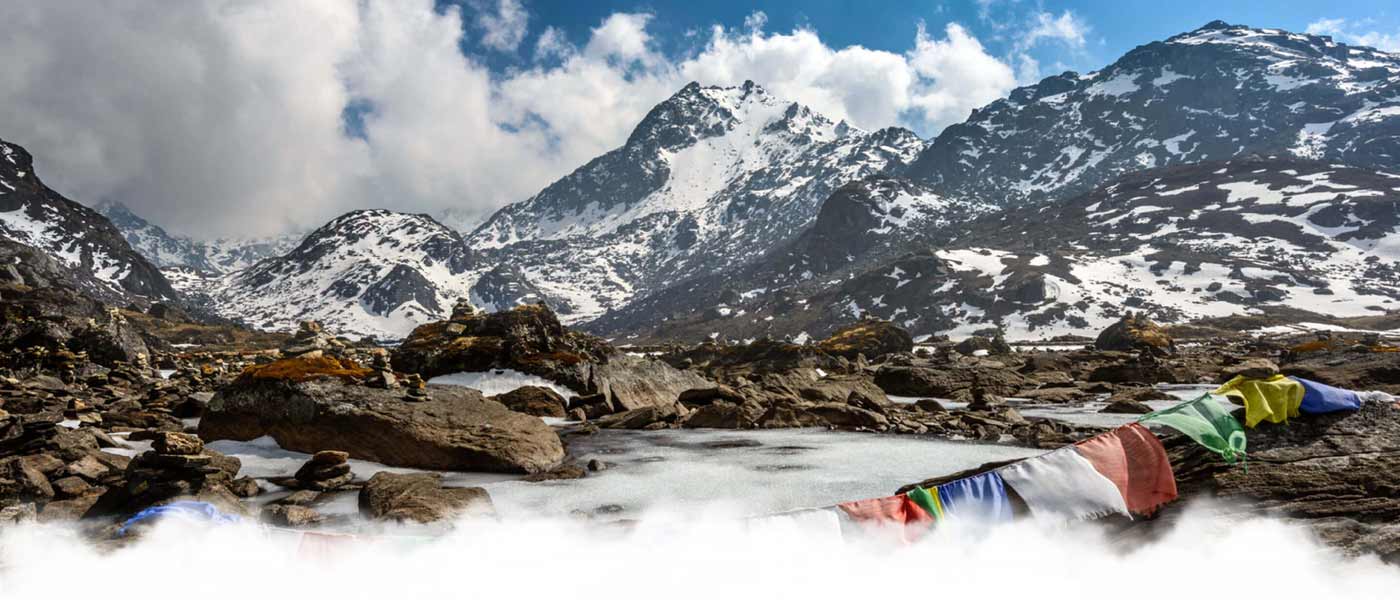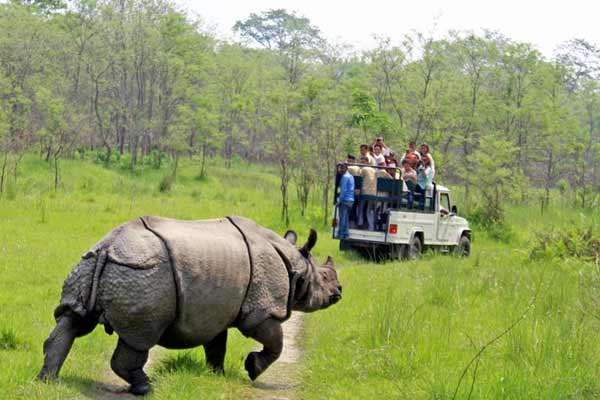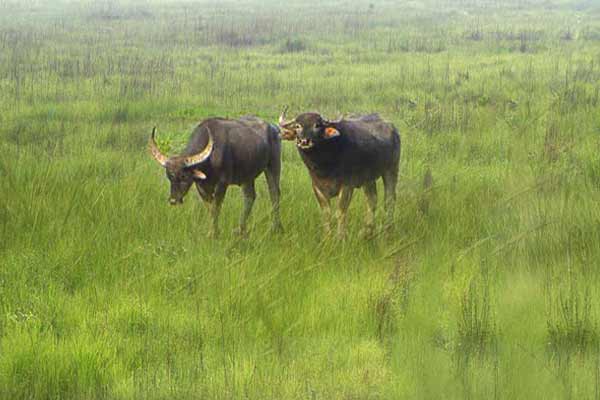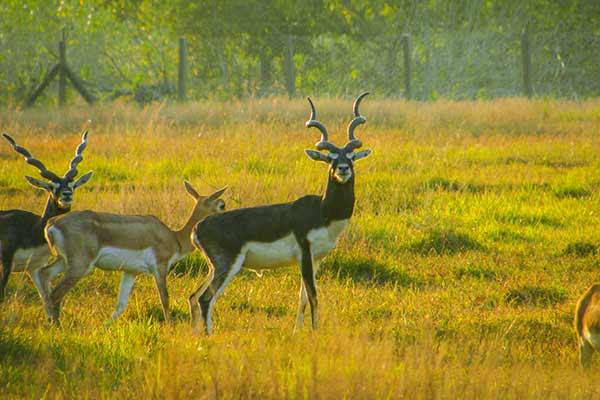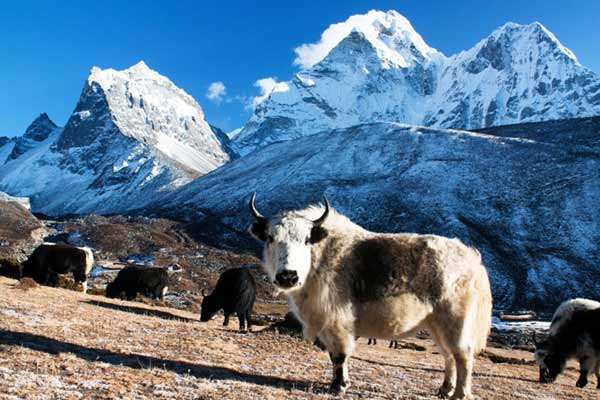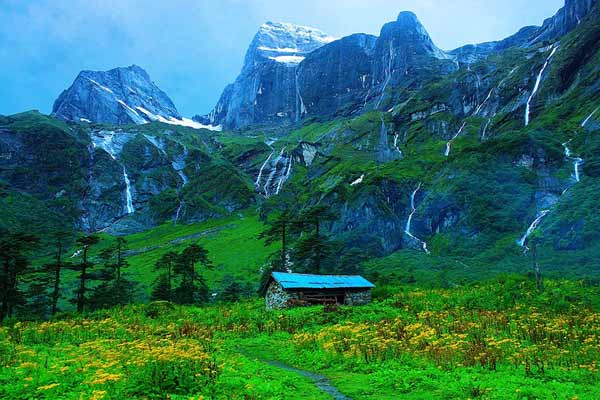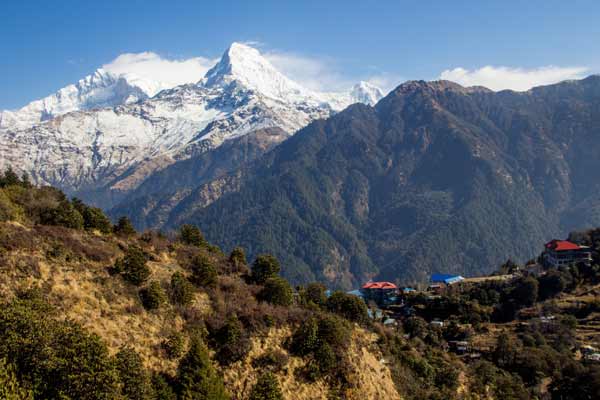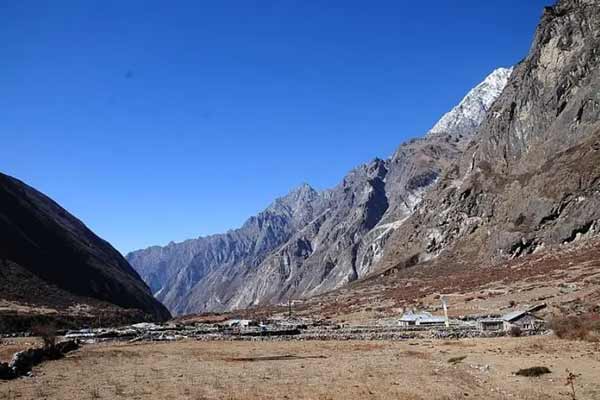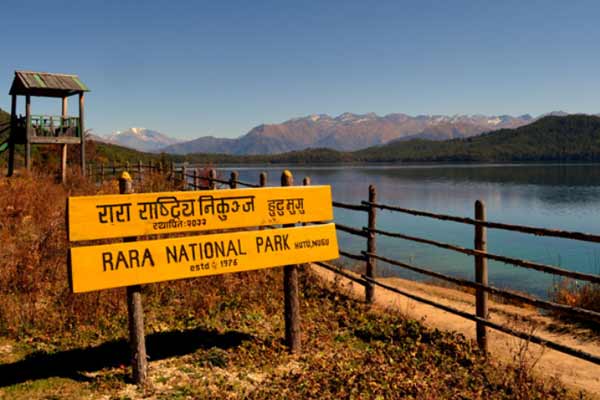
Annapurna Conservation Area
The Annapurna Conservation Area (ACA) contains some of the world’s highest peaks the world’s deepest valley-the Kali Gandaki River Valley. It is the Nepal’s largest protected area of 7629 sq. km. It was established in 1992. The proposed conservation area encompasses the Annapurna range in Western Nepal. It is bounded to the north by the dry alpine deserts of Mustang and Tibet (China), to the west by the Kali Gandaki River, to the east by Marsyandi Valley and to the south by valleys and foothills north of Pokhara (Sherpa et al., 1986).
The nearest town is Pokhara, some 30 km to the south. Access is by road from Pokhara Nandanda, and from then onwards by foot. The ACA has an entire habitats gradient from sub tropical sal forest to perenial snow harboring 22 different forest types with 1226 plant species including 55 endemics, 30 mammals and 456 birds.
The biological diversity of the Annapurna region is equally rivaled by its cultural diversity. Gurung and Magar are the dominant groups in the south, whereas Thakali, Manange and Loba are dominant in the north. Each of these groups speak their own dialect, and have unique cultures and traditions. Besides, there are also Brahmin, Chhetri and other occupational castes although in comparatively smaller numbers. Hindu, Buddhist and pre-Buddhist religions along with a mixture of all these are prevalent across the region. The local people reside in the 5 districts of 15 rural municipalities of the Annapurna Conservation Area (ACA).
The natural and cultural features of ACA have made it the most popular trekking destination in the country, attracting a majority of the country’s total trekkers. Tourism, over the years, has been firmly established as one of the most important sectors of the local economy. There are over 1,000 lodges, teashops and hundreds of other subsidiary services to cater to the thousands of trekkers, pilgrims and their support staff.
The soaring number of visitors, whose fuel wood consumption is twice more than that of the local people, has exerted immense pressure on forest resources already stressed from the growing local population. Similarly, litter, particularly the wastes produced by trekkers and hoteliers, is another major concern. It is estimated that an average trekking group of 15 people generates about 15 kilos of non-biodegradable and non-burnable garbage in 10 days trek, producing tons of garbage in mountain regions annually.
The multifaceted problems of ACA have been addressed through an integrated, community based conservation and development approach, an experimental model which has been in the vanguard of promoting the concepts of “Conservation Area” through an “Integrated Conservation and Development Programme” approach in the country and abroad. ACAP was first tested as a pilot Programme in the Ghandruk Village Development Committee (VDC) in 1986. After being notified in the Gazette as a “Conservation Area” in 1992, ACAP’s programme covered the entire area.
Additionally, ACA is the first protected area that has allowed local resident to live within the boundaries as well as own their private property and maintain their traditional rights and access to the use of natural resources. It is also the first protected area, which has refrained from using army assistance to protect the dwindling natural resource base on which the region depends. Instead, it invests whatever financial resources available for community development and social capital building in the region. NTNC receives no regular funding support from the government for the operation of ACAP, but has been granted the right to collect entry fees from visiting trekkers. Revenue received from this is then invested back into the region, its resources and its community. Additional funds are also raised from national and international donors to strengthen conservation and development efforts. This is an exemplary achievement of a Non-Government Institution's ability to manage a significant portion of the protected area system in Nepal.
In order to manage ACA more effectively, it has been divided into 7 unit conservation offices: Jomsom, Manang and Lo-Manthang in the trans-Himalayan region and Bhujung, Sikles, Ghandruk, and Lwang on the southern flank of the Annapurna range. The focus of Jomsom, Manang and Ghandruk, which are among the most popular trekking destinations, is on integrated tourism management and other development activities that benefit local communities and the environment. Programme priorities in Bhujung, Sikles and Lwang are poverty alleviation and integrated agriculture development and agro-forestry. Similarly, the focus In Upper Mustang, which came under the jurisdiction of ACA in 1992, the focus has been on managing controlled tourism on a sustainable basis, and promoting heritage conservation which is its major tourist attraction.
Through ACAP, it has been over three decades since NTNC has fulfilled its mandate to promote conservation and prosperity of the Annapurna region, its resources and its peoples. NTNC believes that areas such as the ACA will ultimately have to be managed by the local people themselves in perpetuity. Therefore, the focus is on building local capacity, both at the institutional and individual levels, to meet all the conservation and development aspirations of the people.
Wildlife Sanctuaries Nepal
Wildlife Sanctuaries in Nepal If your current vacation were to the hill stations, beaches or historic places, then sticking around the “Nepal Wildlife Sanctuary” will be an extremely crazy experience for you. Yeah you heard right, Nepal nestled in the middle of high mountain ranges and infinite grassland has rich fauna and flora. According to conservative evaluation, it has nearly 100 varied species of animals and around 750 types of aerial species in entirety. So without ado, book the accommodation/safari, pack your comfortable attires, binoculars, sun protection gear, camera and get ready to explore the wilderness which is full of plant and animal life. Here are the top 10 Wildlife Sanctuaries of Nepal.
 +91 9799050299
+91 9799050299 